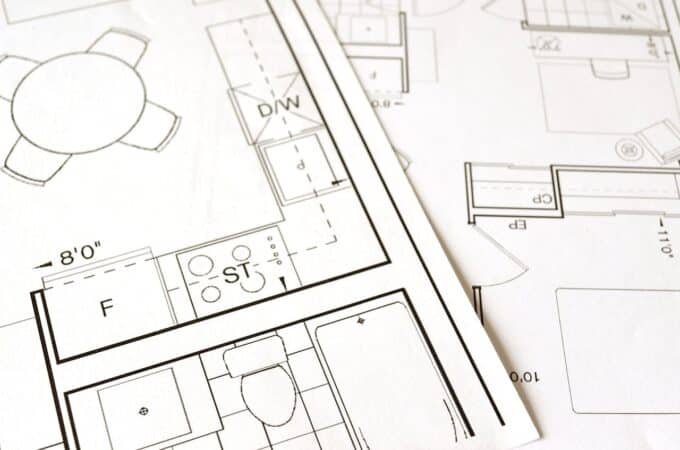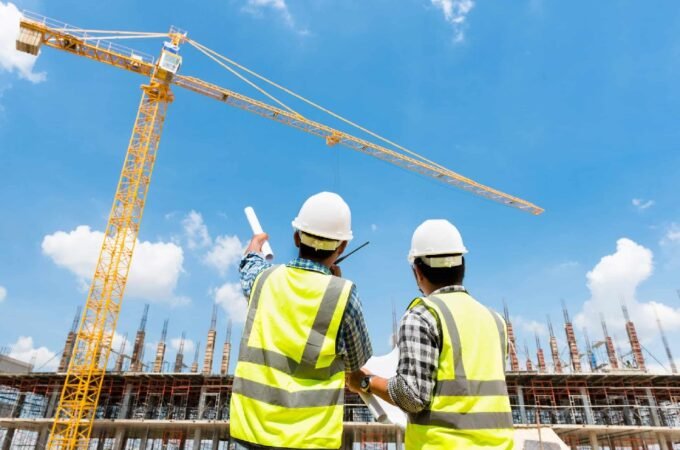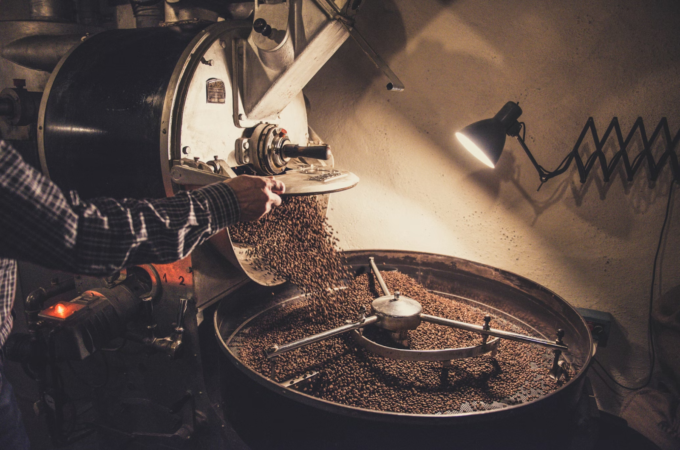
Building Blocks of Safety: Essential Signs for Every Construction Site
Everyone knows the sheer amount of planning, organisation, and work that goes into successful construction projects. In today’s world, building sites need to be more secure and safe than ever before, mainly because of the increasing number of people and materials that come in and out.
That’s why, as part of their overall safety plan, construction sites need to be equipped with essential signs that help protect workers, visitors and anyone passing by. These small yet powerful symbols serve as a reminder of the potential risks and hazards one might encounter on site, effectively helping you manage your projects better and providing the required warning or instructions in an easy to comprehend format.
Table of Contents
ToggleWhat Signs Do You Need for a Construction Site?
When you’re trying to decide on suitable and effective construction safety signs for your project, you need to ensure they cover all the necessary areas. Oftentimes, the exact type of sign needed will depend on the project and its individual requirements. But even so, there are several universally applicable options that deliver the most essential information and warnings.
Machinery Signs
Part of the building process involves the use of various large and heavy machinery. From scaffolds to forklifts, cranes and more, these devices can come with their own set of risks. Even if you’re the most experienced operator, you need to ensure that everyone on site is aware of these dangers. That’s why having appropriate and clearly visible machinery signs is essential for any construction project.
Some of the most common signs used indicate stop, do not enter and danger zones. These are easily recognised symbols that signify the type of hazard present and help workers and visitors know what to expect. Other, more specific signs include uniform compliance notices, hot surface or water warnings, oil and fuel instructions, crane operation warnings and more.
Prohibition Signs
Restricted areas are common components of construction sites. To ensure everyone’s safety, you need an effective way to restrict access to these zones and limit the number of people coming in contact with hazardous substances or equipment. That’s why prohibition signs are so important – they signify a restriction or prohibition and indicate to anyone entering the area that they’re not allowed to access certain sections.
The type of sign you need will depend on the exact hazard present in a particular zone. This includes ‘no smoking’ signs, no trespassing notices, hazardous material warnings and more. These signs should be placed in obvious areas like entrances or exits so people know before they even enter the site what areas are off-limits.
Notice Signs
These safety warning signs serve a similar purpose to prohibition varieties, but are more direct in their message. Instead of simply indicating an area is off limits or restricted, these types of signs provide clear instructions as to the type of behaviour and activities permitted in certain zones.
They can include ‘keep out’ warnings, wearing proper safety gear instructions, handrail notices and much more. Their role is to provide people with clear instructions and notices that help them adhere to the safety regulations in place.
Pipe Marking
Pipes can also present their own set of risks, especially on construction sites where multiple substances or materials are being used. To ensure everyone knows what kind of material is flowing through a particular pipe, it’s important that you equip it with clear and visible pipe marking. This can include colour-coded labels, stickers or signs that indicate the type of material present in a particular area or pipe.
You could also use markers to indicate pressure levels, flow specifications and other important details. This can help you manage hazardous waste more effectively and control the flow of materials on-site with greater accuracy.
Floor Graphics
These types of signs provide additional guidance for workers and visitors on a construction site. They indicate to people what areas are off-limits, how to move between certain areas and even provide additional safety warnings in highly trafficked zones.
They generally come in a variety of styles, designs and colours. You can use them to indicate obstacles or wet floors, direct people towards danger warning zones or restricted access areas and more. Some of the most popular floor graphics used on construction sites include arrows, traffic signs, hazard alerts and designated paths.
Hazchem Signs
The presence of hazardous materials on-site is almost always a given in construction projects, and it’s essential that everyone knows how to handle them properly. When there’s an increased risk of an accident involving hazardous substances, you need to display Hazchem signs that provide clear instructions and warnings.
These types of signs are usually composed of two components – a diamond-shaped symbol in the centre that indicates what type of material is present, and four additional panels that contain information regarding storage, handling precautions, emergency contacts and more.
First Aid Signs
One of the most important components on any construction site is proper first aid training and equipment. This is particularly important in cases involving hazardous materials or activities. To ensure everyone knows exactly where to go when they have an accident or injury, you need to equip your site with appropriate first aid signs.
As part of your construction safety signs, first aid labels should be clearly visible and placed near medical equipment or specified areas. This helps workers quickly find the right resources if they need to get help in an emergency situation. Whether it’s a first aid kit, fire extinguisher or medical supplies, these signs can help guide people to the right spot.
Cut Outs
When the necessary space for a particular sign isn’t available, cut outs can be a great solution. These are usually 3D figures or designs that help draw attention to important safety measures and warnings on a building site.
These designs can depict workers, tools and machines in various poses or activities, transporting the message more effectively than a text-based sign. They also come in various sizes and colours, making them highly visible even from a distance. Cut outs are an effective way to indicate safety measures on-site without having to make space for large or bulky signs.

Michelle Joe is a blogger by choice. She loves to discover the world around her. She likes to share her discoveries, experiences, and express herself through her blogs.




